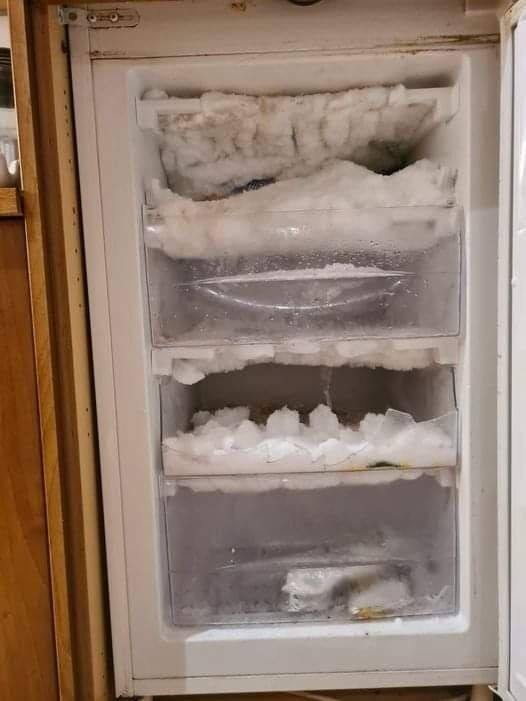
The ingenious trick to defrost a freezer: the ice disappears without unplugging the power plug
- Improve storage efficiency
The layer of ice inside the freezer can hinder the circulation of cold air, reducing the absorption capacity of the food. If the cold air does not circulate properly, some areas of the freezer can become warmer than others, creating ideal conditions for bacteria to grow and food to spoil. Removing the accumulated ice ensures better circulation of cold air and therefore better preservation of food, thus avoiding waste.
How often should you defrost your freezer?
The ideal time to defrost the freezer depends on the layer of ice that has formed inside the appliance. In general, it is recommended to carry out this process when the layer of ice has reached a thickness of about 3 to 4 millimeters, since energy consumption can increase by up to 30% at this point. If the appliance is used frequently and a layer of ice forms quickly, it will have to be defrosted more often. On the contrary, with less frequent use, the layer of ice forms more slowly and the defrosting frequency can be reduced.

How to quickly defrost the freezer without unplugging it?
Of course, the easiest way to defrost a freezer is to unplug it, but how do you do it even when it’s plugged in? If you unplug the appliance, there’s a risk that the shelf life of the food stored in the freezer and refrigerator will be compromised. Here are the steps to follow to defrost the appliance, even when it’s plugged in: